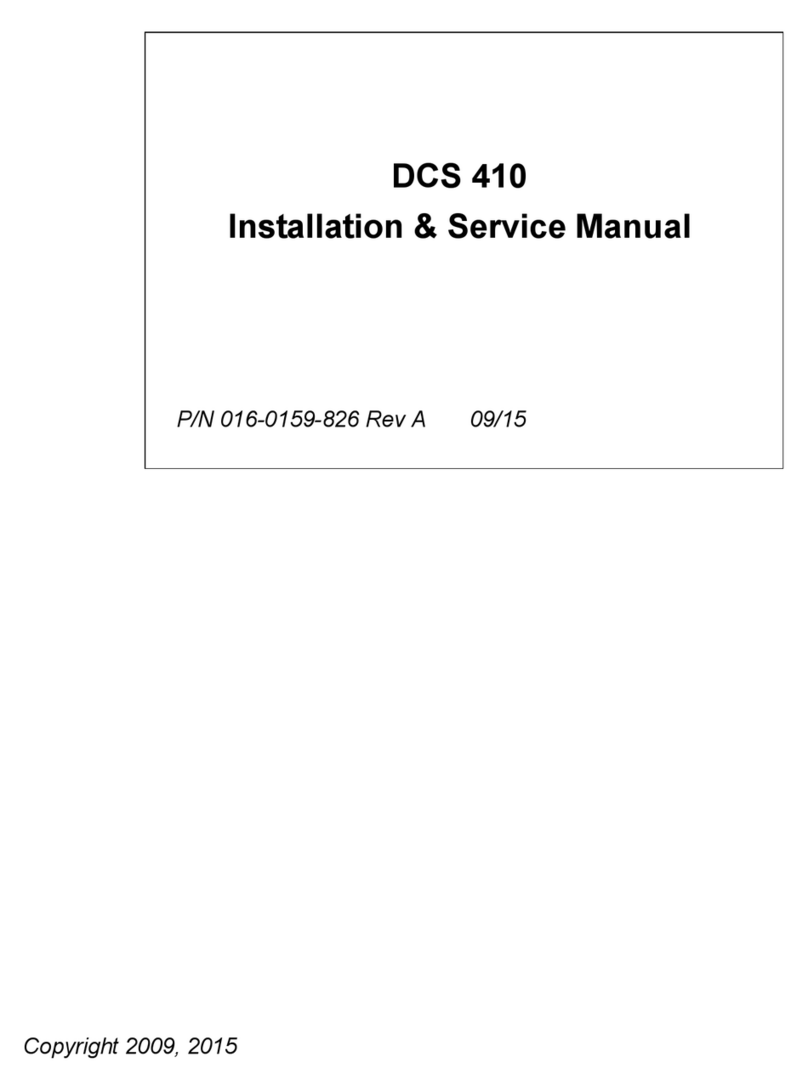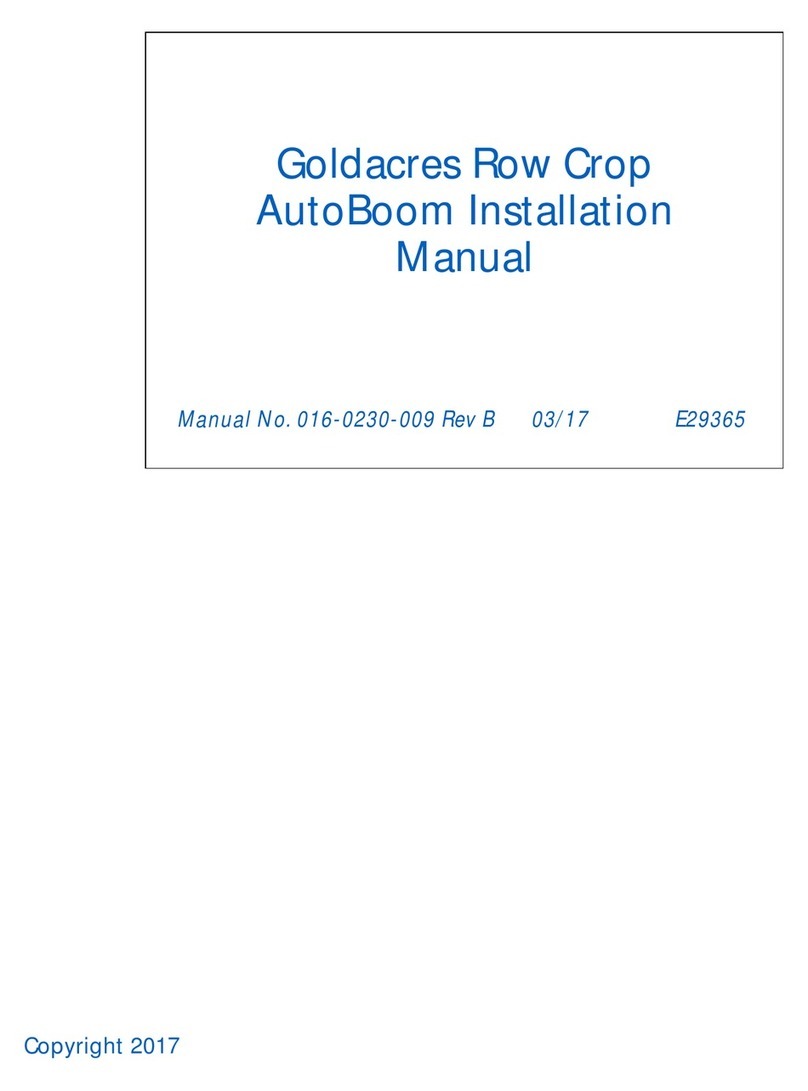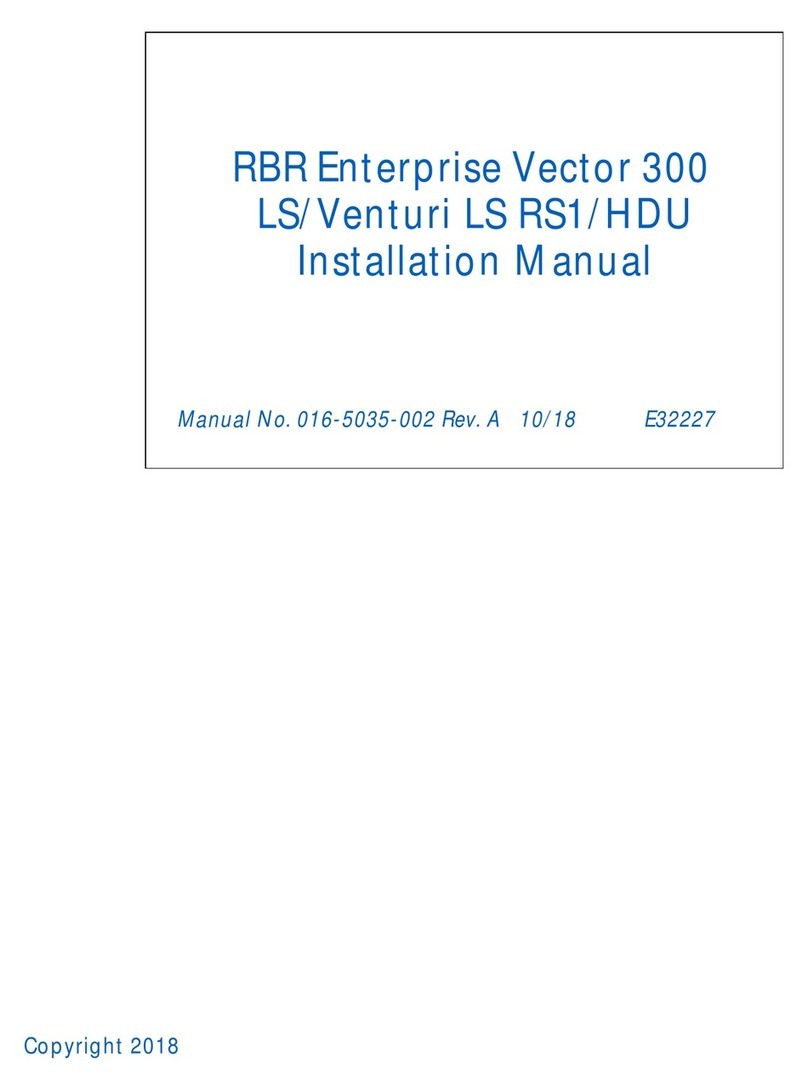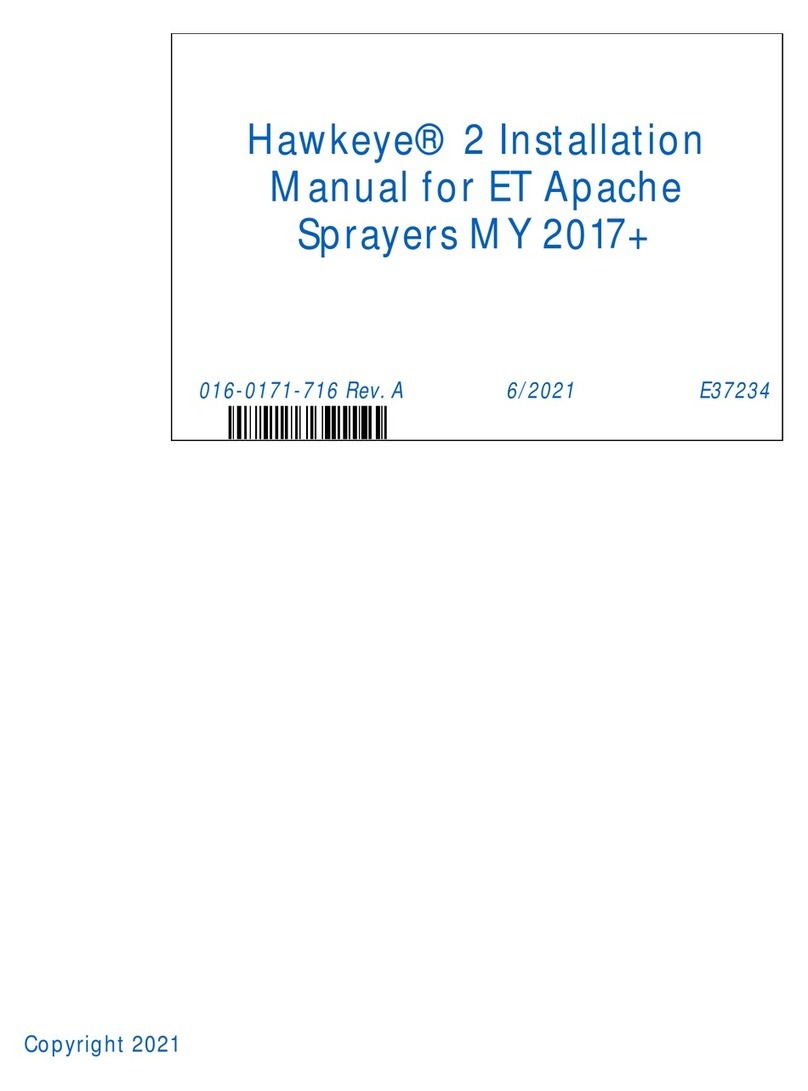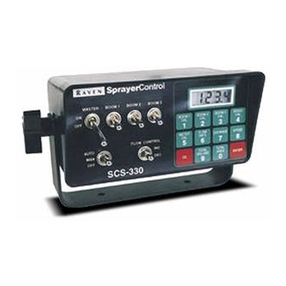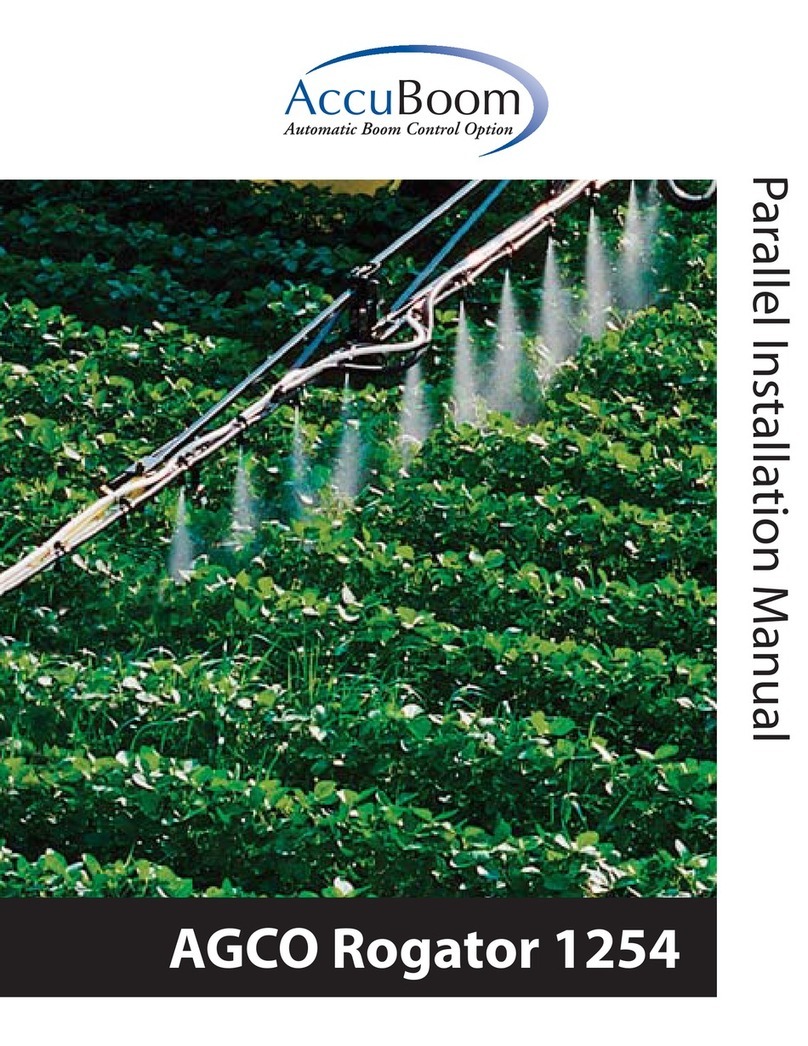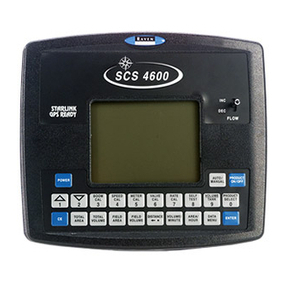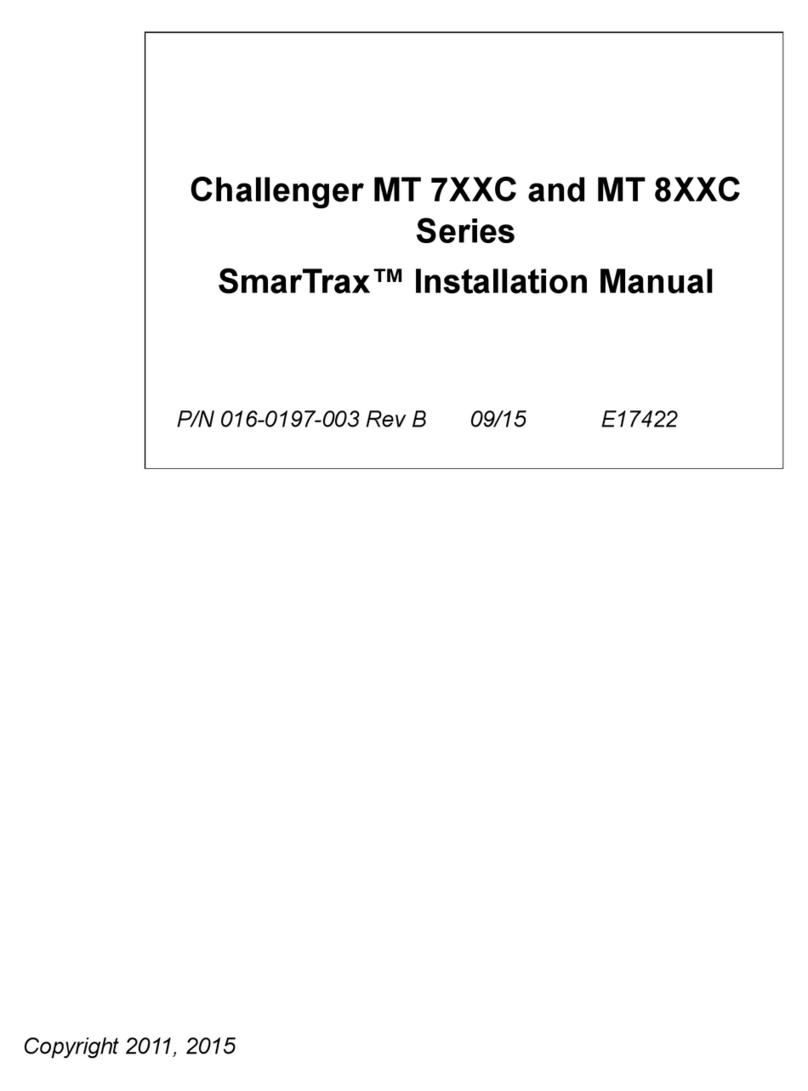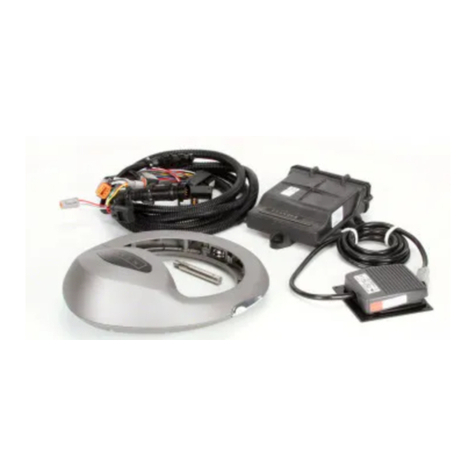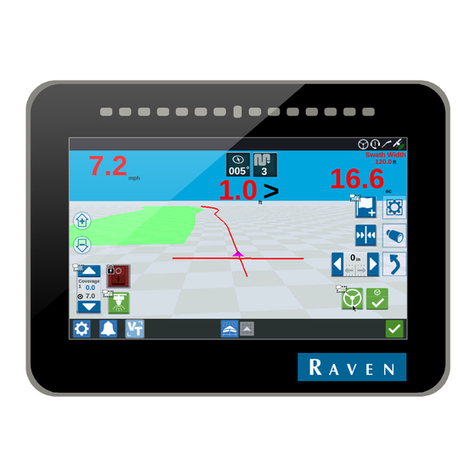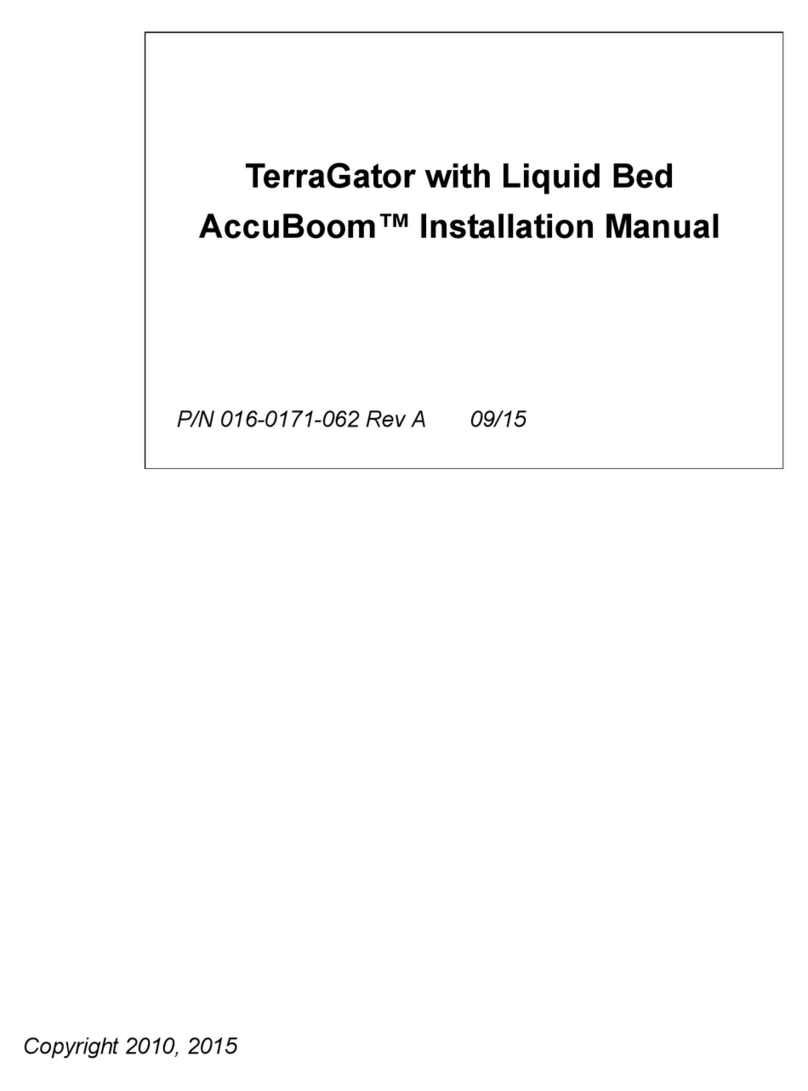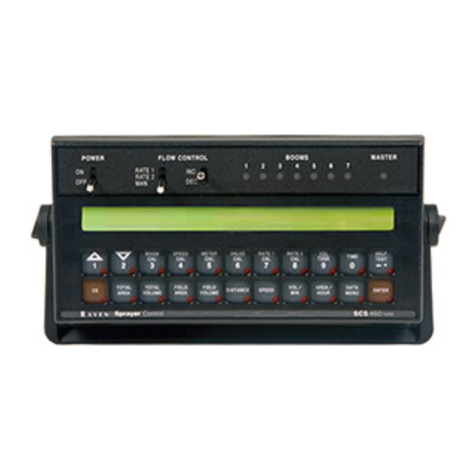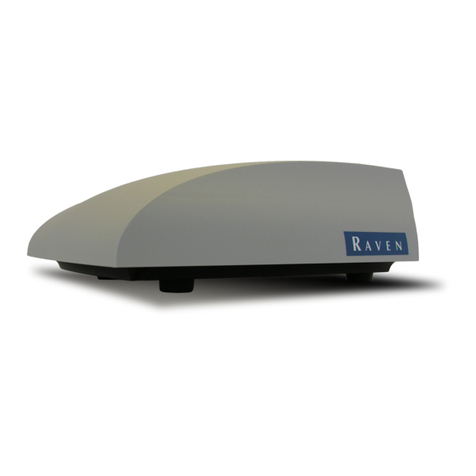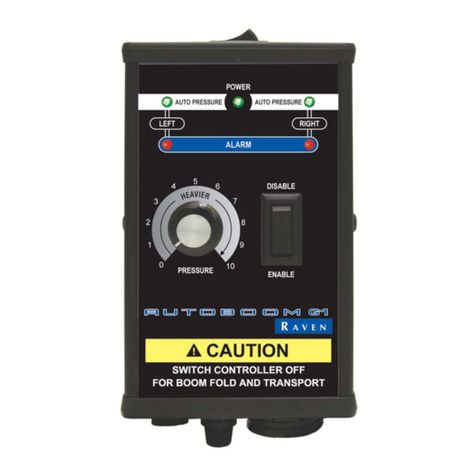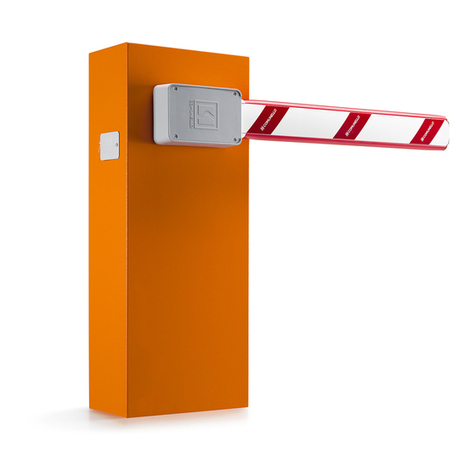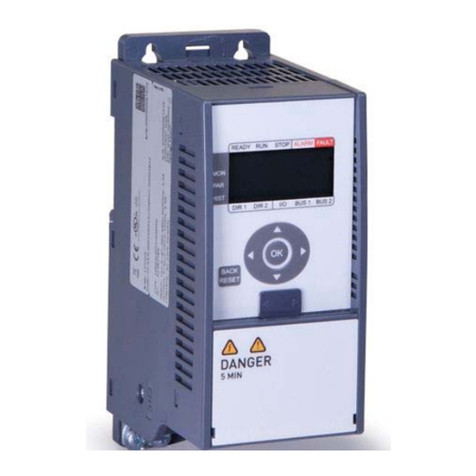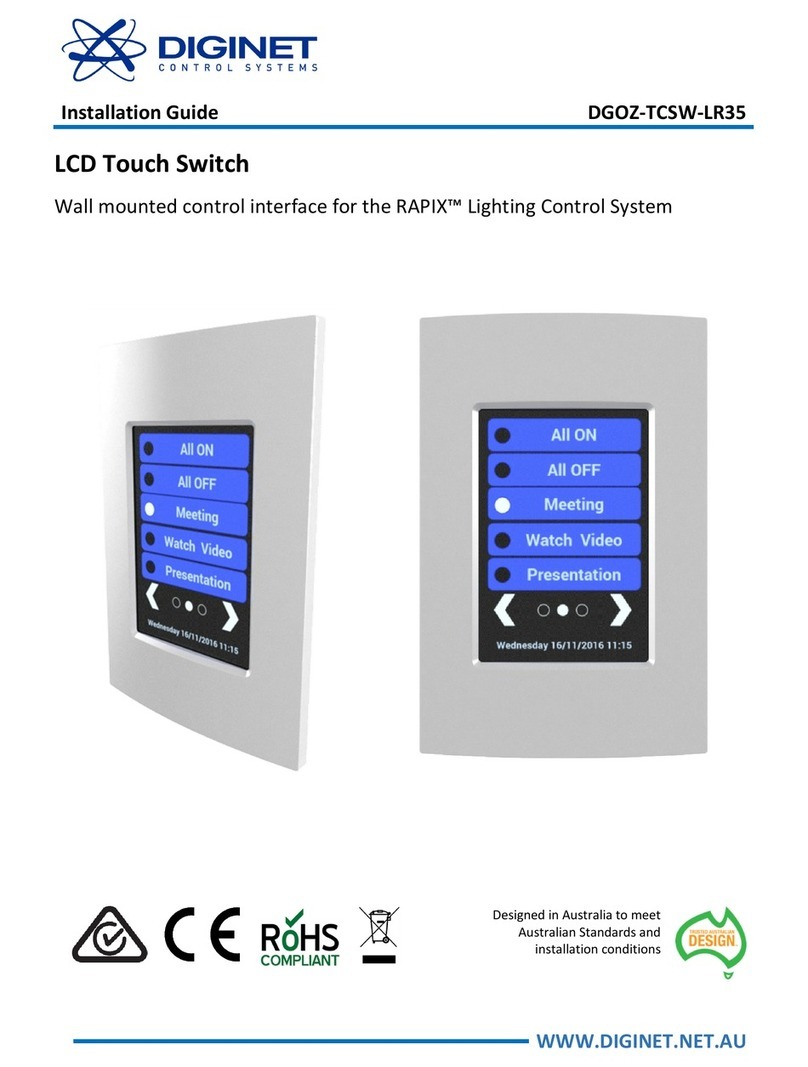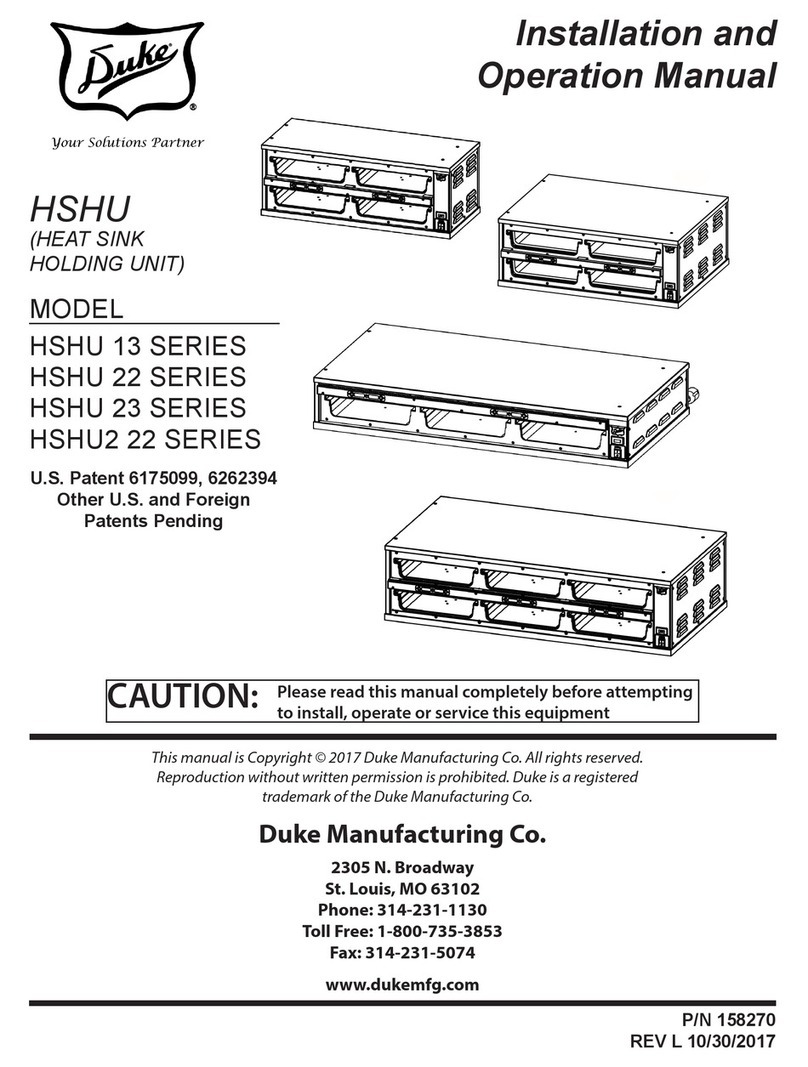
1
TABLE OF CONTENTS
SYMBOL DEFINITION .............................................................................................................................................. 2
INTRODUCTION....................................................................................................................................................... 3
INSTALLATION ......................................................................................................................................................... 4
1. MOUNTING THE ENCODER .............................................. 4
2. MOUNTING THE FLOW METER ........................................... 5
3. MOUNTING THE CONTROL VALVE ........................................ 6
4. MOUNTING THE CONSOLE AND CABLING .................................. 6
BATTERY CONNECTIONS...................................................................................................................................... 7
CONSOLE FEATURES ............................................................................................................................................ 8
CONSOLE CALIBRATION ....................................................................................................................................... 9
1. CALCULATING "METER CAL" ........................................... 9
2. CALCULATING "LIQ CAL" ............................................. 9
3. CALCULATING "GRAN CAL" ........................................... 11
4. VERIFYING "GRAN CAL" ............................................. 12
5. CALCULATING "VALVE CAL" .......................................... 13
CONSOLE PROGRAMMING ................................................................................................................................. 14
1. INITIAL CONSOLE PROGRAMMING ...................................... 15
2. OTHER DISPLAYS ................................................... 16
3. SELF TEST FEATURE ................................................ 16
INITIAL SYSTEM SET-UP ...................................................................................................................................... 17
INITIAL SYSTEM ROAD TEST .............................................................................................................................. 18
PREVENTIVE MAINTENANCE .............................................................................................................................. 18
APPENDIXES
1. ALTERNATE BY-PASS LINE PLUMBING SYSTEM......................................................................................... 19
2. PROCEDURE TO TEST FLOW METER/ENCODER CABLES........................................................................ 21
3. FLOW METER MAINTENANCE AND ADJUSTMENT PROCEDURE............................................................. 22
4. PROCEDURE TO RE-CALIBRATE FLOW METER .........................................................................................23
REPLACEMENT PARTS SHEETS
016-0159-577
10/97

